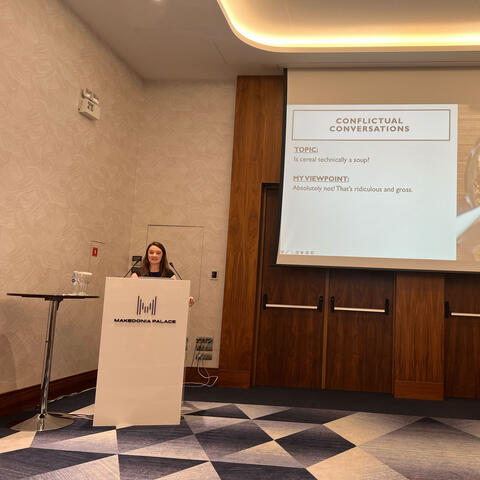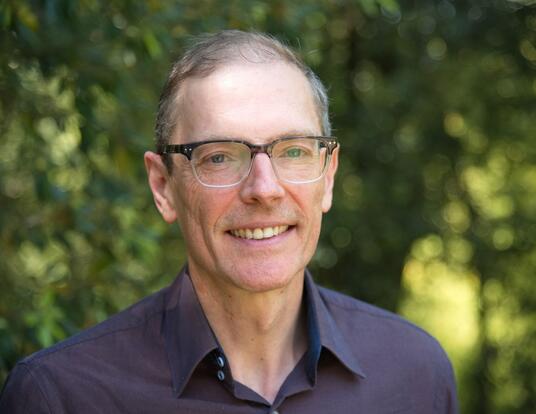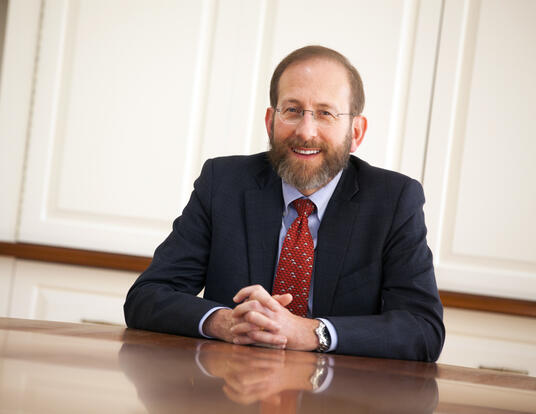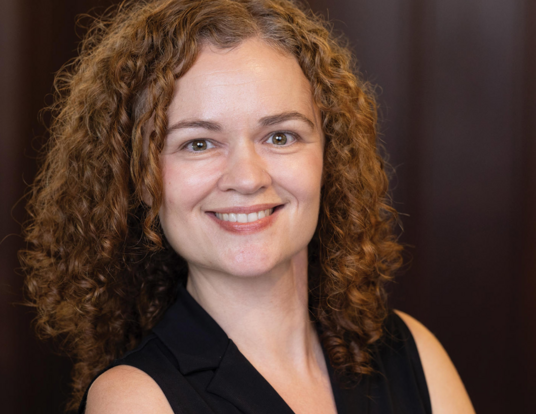The Stuff of Science
Sara Schechner, PhD '88, shares her love of scientific material culture as the David P. Wheatland Curator of the Collection of Historical Scientific Instruments at Harvard
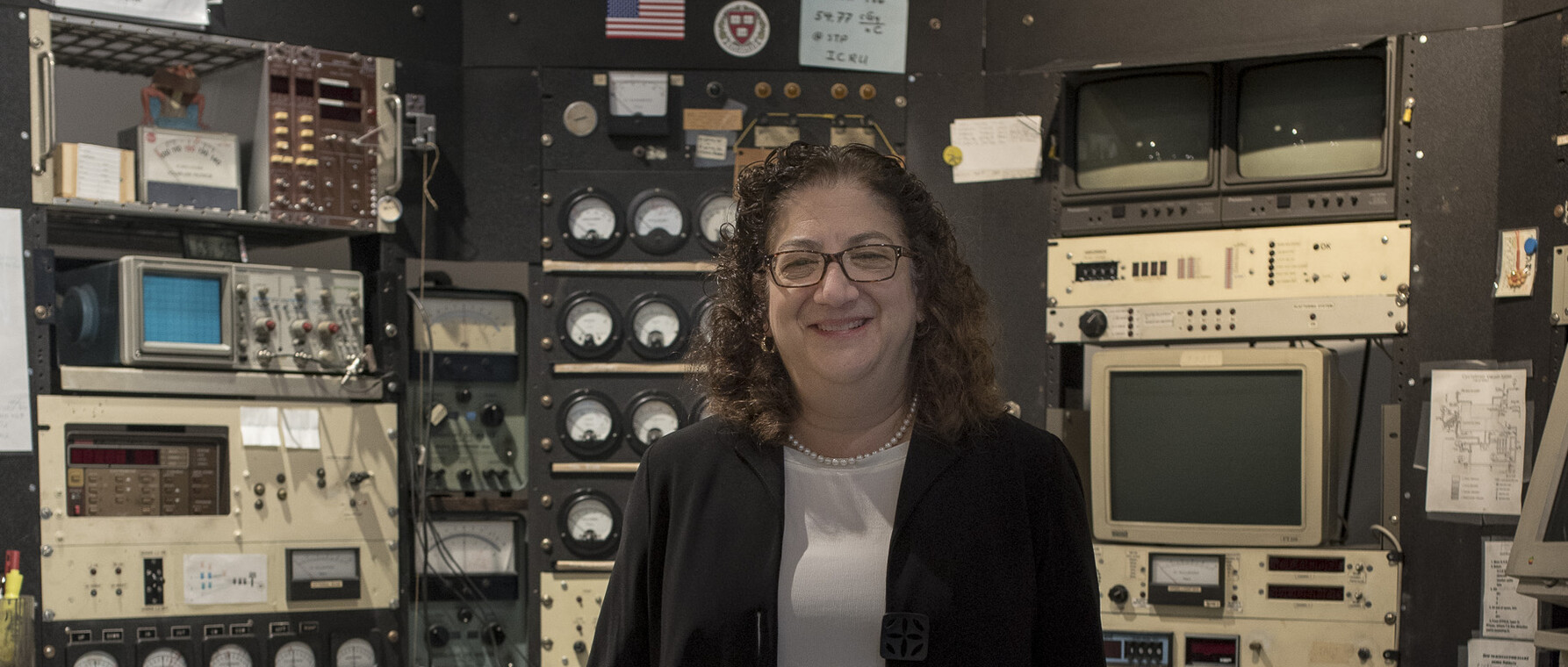
Toward the rear of the Putnam Gallery, the Science Center–based museum that holds part of the Collection of Historical Scientific Instruments (CHSI), visitors encounter a machine covered in handwritten notes, emergency contact lists, and a Star Wars figurine. According to curator Sara J. Schechner, PhD ’88, visitors often lean in too close as they take in the items, setting off the gallery’s alarm system.
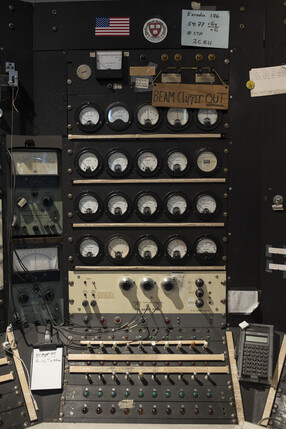
The machine is actually the control console for Harvard’s second cyclotron, a type of particle accelerator. Built in 1947 to replace the University’s first cyclotron, which had been shipped to Los Alamos for use in the Manhattan Project, this second cyclotron contributed to physics research and proton therapy for cancer patients for more than half a century. Schechner added the machine to the CHSI’s collection, and while others might overlook the notes and figurine as silly ephemera, Schechner considers them to be an important part of the console’s history.
“When I collect items from scientists, I’ll ask if I can take it as is, because it shows how scientists live with an apparatus,” the David P. Wheatland Curator of the CHSI collection explains. “They put up jokes, they made little fixes with string. You add a new electric pencil sharpener, but you don’t get rid of the old one,” lists Schechner, as she points to different details on the control console. “When it was decommissioned in 2002, this is how it looked.”
A Material World
Objects like the cyclotron control console are part of society’s material culture, that is, the objects that define a society. Schechner fell in love with material culture while working with the CHSI as a Radcliffe undergraduate in the 1970s. Her love for the material culture of science history would take her to the Adler Planetarium in Chicago and multiple areas of the Smithsonian Institution, as well as other collections before she returned to the CHSI in 2000. Throughout her career, Schechner received accolades for her efforts in curation and teaching. Most recently, she earned the LeRoy E. Doggett Prize for Historical Astronomy from the American Astronomical Society, making her the first woman to receive the prize.
In her acceptance speech in January 2018, Schechner spoke about the material culture of American astronomy. “Many think historians want to save these objects because they’re old,” she says. “But some of these objects tell us a lot about ourselves and where we came from, and the choices we made along the way.” For Schechner, historical objects don’t just tell us about the past: they have the ability to make us think more critically in the present and make informed choices about how to move forward.
An Informed Scientist
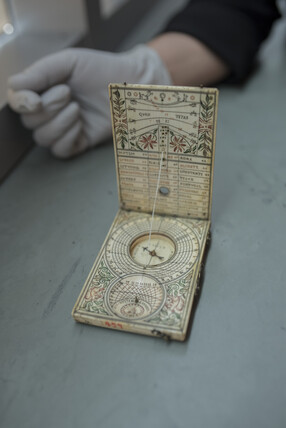
From a young age, Schechner had a strong sense that science had an important role to play in society. Growing up the 1960s—at the height of the civil rights movement and the Vietnam War and antiballistic missile protests—influenced the type of scientist she wanted to be. “I didn’t want to build something in a vacuum and have it appropriated for some evil use,” she says. “I wanted to be an informed scientist.”
Schechner arrived at Harvard in fall 1975 focused on becoming a physicist, but soon encountered obstacles. “It was really terrible for women,” she says. “There was rampant sexism, harassment, jokes made by faculty in class that would not be appropriate today.” When she graduated summa cum laude and received the Sigma Xi Prize as the top student in her class, she was taken aback. “I felt so degraded the whole time, I thought ‘how did this happen?’
“So, I went into history of science,” Schechner remembers. “It was still primarily a male profession at the time, but there were some women and it felt more nurturing.” She had taken courses in the history and philosophy of science as an undergraduate, and she quickly fell for the field, which she lovingly compares to a soup. “It’s a mixture of not only science, but also religious beliefs, politics, social history, art.” History of science allowed Schechner to study the science she loved, but in a bigger, more contextual way, and in an environment more welcoming to women.
The Rembrandts of Scientific History
The Putnam Gallery holds a small portion of the CHSI’s 25,000 objects and choosing what to show is part of Schechner’s work as curator. “The items on display are representative of the good stories I want to tell,” she explains, referring to the cyclotron console and to another object nearby, the artificial waterfall made by philosopher William James. The wood frame covered in striped fabric is used to study the waterfall illusion, where hikers may perceive rocks as moving upward after staring at a waterfall for some time. “These are objects that people want to keep seeing because they have such a good story,” Schechner says. “Kind of like a museum always shows the Rembrandts.”
When Schechner decided to pursue the history of science instead of physics, she had no idea where she would end up. “When I went to graduate school, I wished to continue studying material culture, not just texts and ideas, but I didn’t know if I would get an academic or museum job after that,” she says. While her career moved between curation and teaching, she always missed the activity she wasn’t engaged in. At Harvard, Schechner finally managed to combine the two. “I can find and document these objects and share them with other scholars, but I can also work in a teaching way with students in the classroom and with the public,” she says. Harvard has allowed her to be fully amphibious, which is how she describes herself. “A museum inside a university has many advantages.”
Photos by Ella Rinaldo
Get the Latest Updates
Join Our Newsletter
Subscribe to Colloquy Podcast
Simplecast


